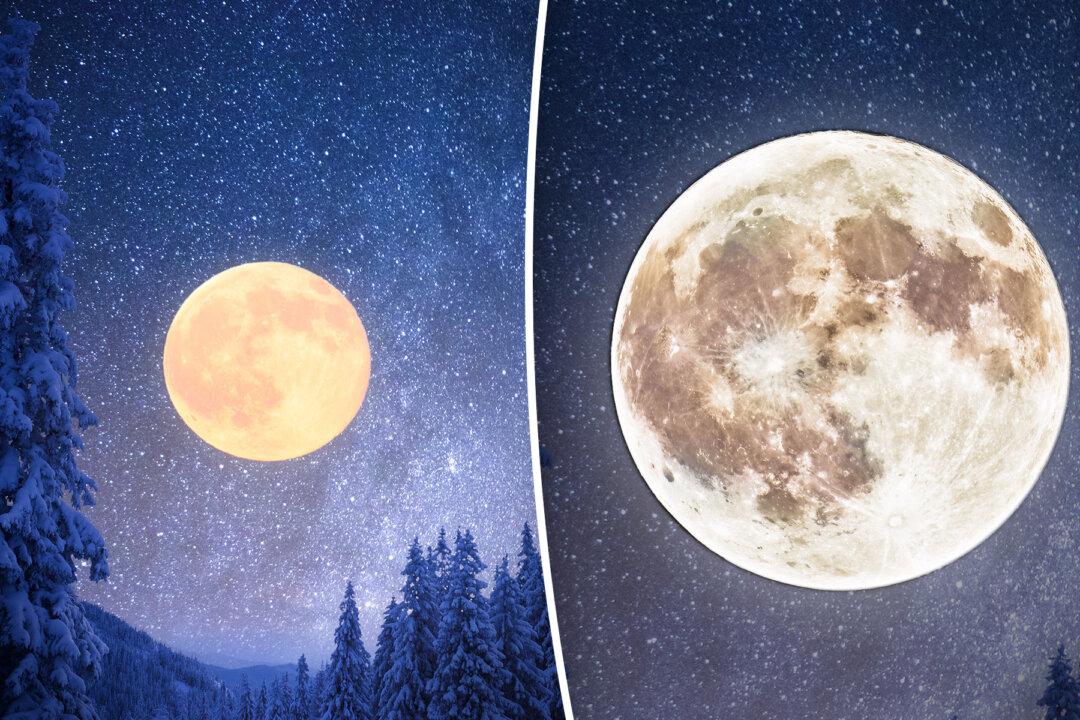As the month of February sets in, bringing with it winter temperatures and, in some places, plenty of snow, a super moon will arrive on the evening of Feb. 8, 2020, and will reach its brightest point at 2:33 a.m. on Feb. 9, according to NASA. A “super moon” is a full moon that appears larger because it is nearly at its closest point to the Earth.
This particular super moon has been called the “Snow Moon” or the “Storm Moon” by native Americans, per the Farmer’s Almanac, because it coincides with the heaviest snowfalls of the year in most of North America.





